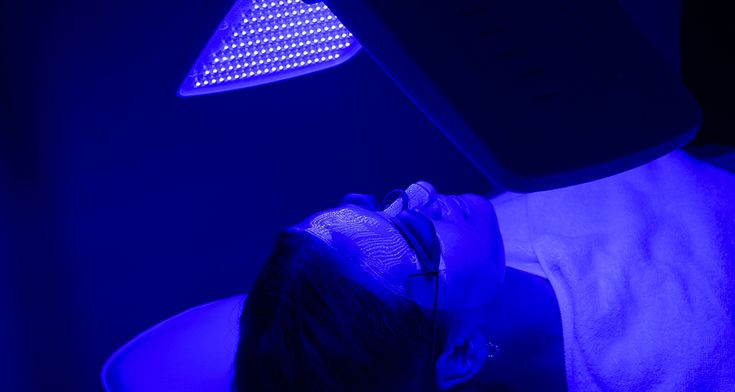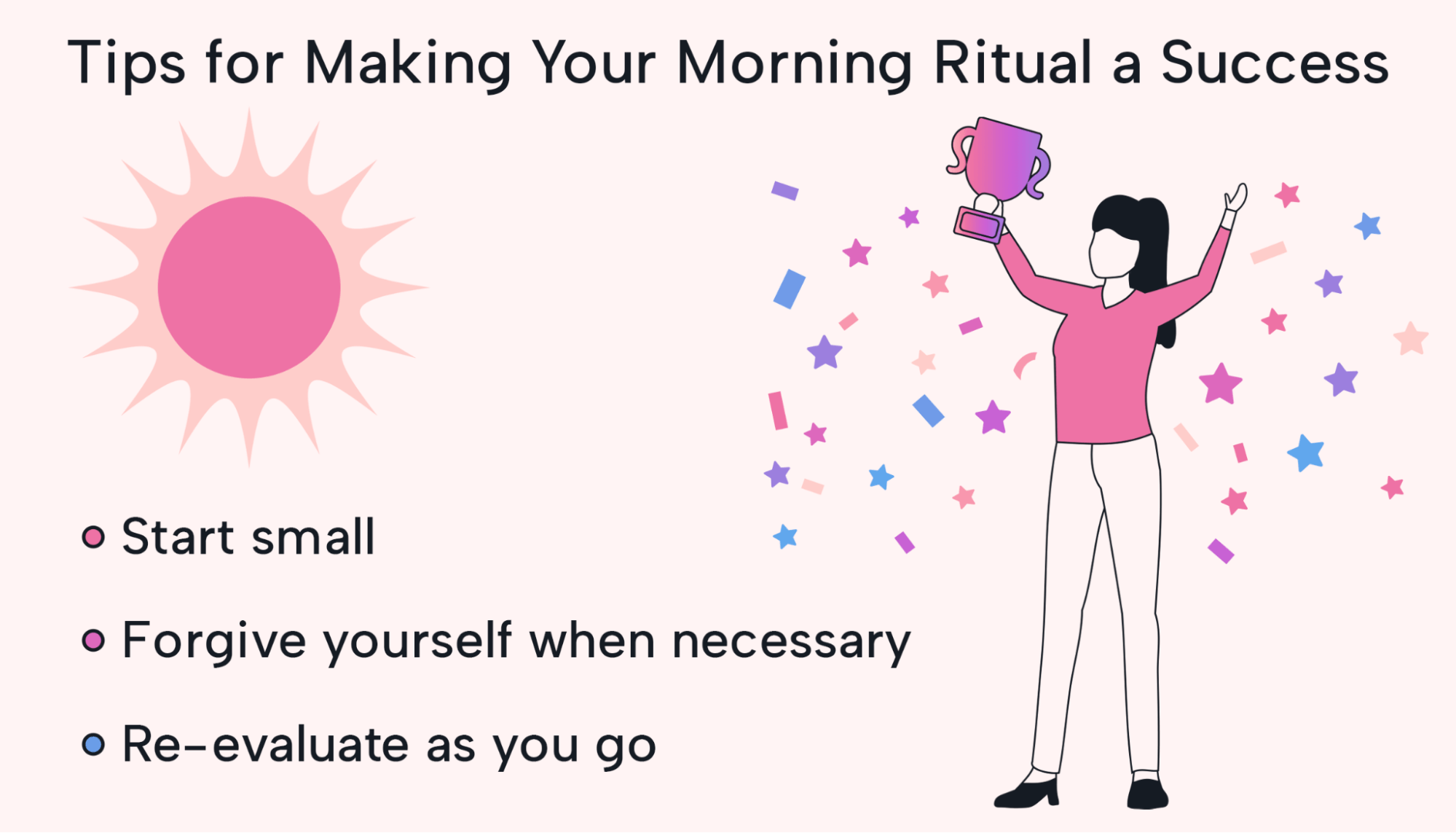How Blue Therapy Can Help Your Mood
In today’s fast-paced environment, stress, worry, and burnout are all frequent sensations. Individuals are always looking for practical methods to enhance their mental health. Blue therapy is one approach that has been gaining popularity. Blue therapy, which has its roots in the relaxing properties of blue, nature, and water-based activities, has shown itself to be more than simply a fad. It’s a scientifically supported method of enhancing mood, promoting mental wellness, and establishing equilibrium in daily life.
This post will explain what Blue Therapy is, how it functions, and useful methods to include it into your daily routine to feel more at ease, content, and invigorated.

The term “blue therapy” describes methods and settings that use blue, water, and natural light to improve mental and emotional health. The phrase frequently refers to the therapeutic benefits of:
residing close to bodies of water, such as lakes, rivers, beaches, or fountains.
Make your surroundings more serene by including the color blue.
Blue light is used in light treatment in regulated ways.
focusing on mindfulness or relaxation practices with a blue motif.Blue has been linked to stability, trust, and serenity, according to research. Water settings, also referred to as “blue spaces,” also have calming effects on the brain that make people happier and less stressed.
Blue Therapy’s Scientific Basis
The parasympathetic nervous system, which is in charge of rest and relaxation, is activated by blue tones and water-based environments, according to research in psychology and environmental science. This promotes calmness, lowers cortisol levels (the stress hormone), and lowers heart rate.
In comparison to persons without access to aquatic surroundings, those who lived closer to blue spaces reported greater mental health and decreased stress levels, according to a 2020 research published in Health & Place. According to a different research published in Frontiers in Psychology, simply seeing images of water landscapes can elevate mood and reduce anxiety.
Blue Therapy’s Positive Effects on Your Mood
1. Decreases Anxiety and Stress
Blue therapy reduces tension, which helps calm the mind. For instance, you can feel calmer and lower your cortisol levels by sitting by the sea or even just listening to the sounds of the water.
Example: Walking around a lake during lunch breaks can help someone who is stressed out at work. Their mood might be lifted for the remainder of the day by the soothing blue surrounds and the rhythmic sound of the water.
2. Enhances the Quality of Sleep
Blue surroundings promote calmness, which facilitates sleep. Additionally, blue light treatment has been used to control circadian rhythms, especially in those with seasonal affective disorder (SAD).
For example, in the winter, using a blue light therapy lamp in the morning can assist combat weariness and elevate mood, which in turn promotes better sleep cycles at night.
3. Increases Concentration and Creativity
It has been demonstrated that blue promotes creativity and open-mindedness. Blue hues are frequently used in workplace design to encourage creativity and productivity.
Working in a room painted blue or close to a blue ocean view, for instance, can help a writer who is having trouble coming up with ideas.
4. Promotes Emotional Equilibrium
By fostering inner tranquility and lowering tension, blue therapy can aid with emotional regulation. For people who struggle with mood swings or emotional exhaustion, this makes it a useful tool.
For example, engaging in outdoor yoga or meditation while taking in the ocean view might improve emotions of emotional stability and awareness.
5. Promotes Physical Calm
Gentle physical activities like swimming, beach walks, or kayaking are common ways to spend time in blue environments. Both the body and the intellect are stimulated by these activities.
Example: A quick swim in a pool, which combines action with the soothing blue surroundings, may help someone recuperating from emotional exhaustion feel more energetic and hopeful.
Helpful Methods for Trying Blue Therapy
You may still include the advantages of Blue Therapy into your everyday life even if you don’t live close to the lake or the ocean. Here are a few easy methods:
1. Frequently Visit Blue Spaces
Plan on taking a stroll along a river, beach, or perhaps a nearby fountain. Visit wellness centers with pools or aquariums if you have limited access to natural blue places.
2. Include Blue Accents in Your Office or House
Make use of blue wall paint, carpets, or drapes as décor. The presence of blue hues in your surroundings promotes relaxation and eases stress.
3. Make Safe Use of Blue Light Therapy
Blue light therapy lamps can assist people with seasonal affective disorder (SAD) manage their energy and mood. Before beginning, always get expert advice.
4. Use Blue Visuals to Develop Mindfulness
Make use of guided meditations that concentrate on waterfalls, blue landscapes, or the sounds of the ocean. This can lessen anxiety when things get difficult.
5. Incorporate Exercise and Blue Therapy
The advantages of physical exercise and exposure to peaceful blue areas can be amplified by swimming, paddleboarding, or even strolling close to the sea.
Real-life examples of Blue Therapy in Action
- Corporate Wellness Programs: beside creating office buildings with blue interiors, including water features, or promoting outdoor breaks beside lakes or fountains, several businesses are now using Blue Therapy.
- Mental Health Retreats: Wellness retreats frequently feature blue décor, views of the ocean, and water-based activities like meditation or kayaking close to the shore.
- Hospitals and Clinics: To assist patients unwind and lower their anxiety levels before to procedures, several medical institutions employ blue walls or artwork with aquatic scenes.
Blue therapy is a scientifically proven method of elevating mood, lowering stress levels, and promoting emotional well-being. It’s not simply a feel-good idea. The soothing benefits of blue are accessible whether you want to design your house with blue hues, take a walk along a river, or engage in mindfulness exercises while listening to ocean sounds.
It’s not difficult to include Blue Therapy into your life. Your mood and general mental health may be greatly improved by doing little actions like putting a blue lamp in your workstation, going to a lake once a week, or meditating while listening to the sounds of water.
Blue therapy may be the answer you seek if you’re searching for a fun, safe, and natural approach to improve your mental wellbeing.



